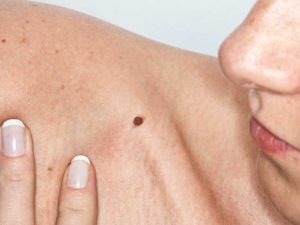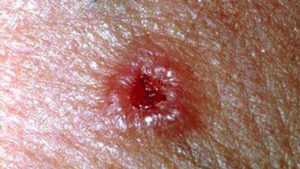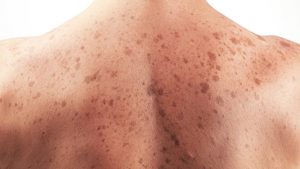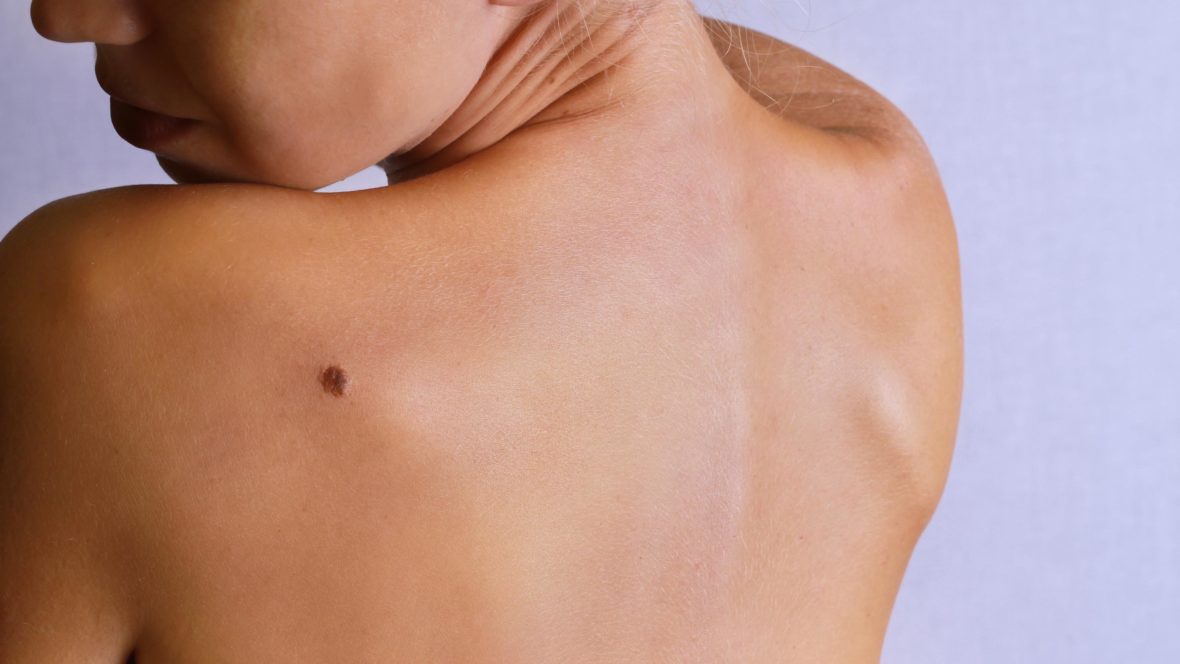Skin cancer is by far the most common type of cancer found in humans. If you have skin cancer, it’s very important to know which type you have and which treatments you need to beat it. Skin cancer is most often found in areas that are directly exposed to the sun, such as the head, neck and arms, however, they can occur in areas that aren’t normally exposed but the chances are much lower. Take a look below for 25 more scary and important facts about skin cancer.
1. Each year in the United States, over 5.4 million cases of nonmelanoma skin cancer are treated in more than 3.3 million people.
2. Each year, there are more and more new cases of skin cancer than the combined incidence of breast cancer, prostate cancer, lung cancer and colon cancer.
3. Over the past 30 years, more people have had skin cancer than all of the other cancers combined.
4. 1 in 5 Americans will develop skin cancer at some point in their life.
5. Between 40% and 50% of Americans who live to be 65 years old will have either basal cell carcinoma or squamous cell carcinoma at least once.

6. Basal cell carcinoma, or BCC, is the most common type of skin cancer. There are more than 4 million cases that are diagnosed in the United States each year.
7. Squamous cell carcinoma, or SCC, is the second most common type of skin cancer. There are more than 1 million cases that are diagnosed in the United States each year.
8. Organ transplant patients are about 100 times more likely than the general public of developing squamous cell carcinoma.
9. Actinic keratosis is the most common type of precancer and it affects more than 58 million Americans.
10. About 90% of nonmelanoma skin cancers are related to direct exposure to ultraviolet radiation from the sun or from tanning booths.
11. The annual cost of treating skin cancers in the United States is estimated to be about $8.1 billion. $4.8 billion is used to treat nonmelanoma skin cancers while $3.3 billion is used for melanoma skin cancers.
12. About 2,800 people will die of non-melanoma skin cancer and about 8,000 will die from melanoma skin cancer in the United States each year.
13. Even though the risk factor of getting skin cancer for African Americans, Asians and Latinos is low, the disease is the most deadly for these groups.

14. 1 in 3 Caucasians will be diagnosed with skin cancer sometime in their life.
15. A blistering sunburn during childhood increases the risk of melanoma as an adult. In fact, one bad burn in childhood doubles the risk factor of skin cancer.
16. According to the American Cancer Society, men are twice as likely to develop skin cancer as women.
17. According to the Skin Cancer Foundation, just one session of indoor tanning can increase your chances of getting melanoma by 20%. This is because tanning beds use UVA rays and they degenerate collage more readily and they are more oncogenic.
18. Some antibiotics or medications like Accutane can make your skin more prone to burning. There are 2 types of reactions that can occur, the first being phototoxicity, which involves a reaction with the skin, and the second is photoallergy, which involves the immune system.
19. While spray sunscreens are a convenient option, they leave a lot of exposed skin.
20. Sun exposure builds up and accumulates the damage. While you many not notice it at first, after a few decades, you will.
21. With melanoma, a family history of skin cancer in a first degree relative can increase your risk of having melanoma more than the exposure to UV light.

22. Melanoma accounts for less than 1% of skin cancers cases, but the vast amount of skin cancer deaths.
23. The estimated 5 year survival rate for patients whose melanoma is detected early is about 98% in the United States. The survival rate falls to 62% when the disease reaches the lymph nodes, and 18% when the disease metastasizes to the distant organs.
24. On average, a person’s risk for melanoma doubles if they have had more than 5 sunburns.
25. Regular use of an SPF 15 or higher sunscreen reduces the risk of developing squamous cell carcinoma by about 40% and the risk of developing melanoma by about 50%.




